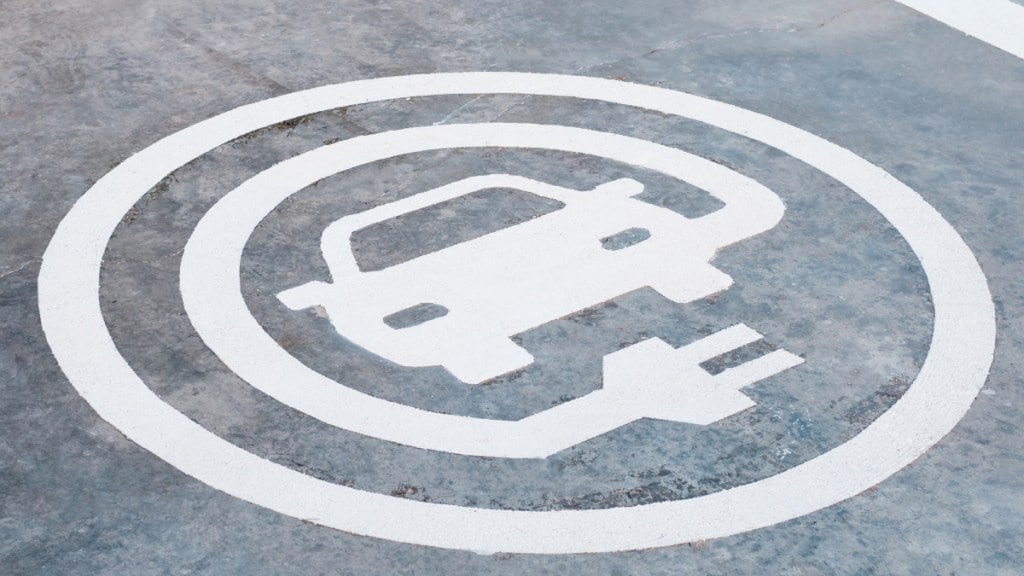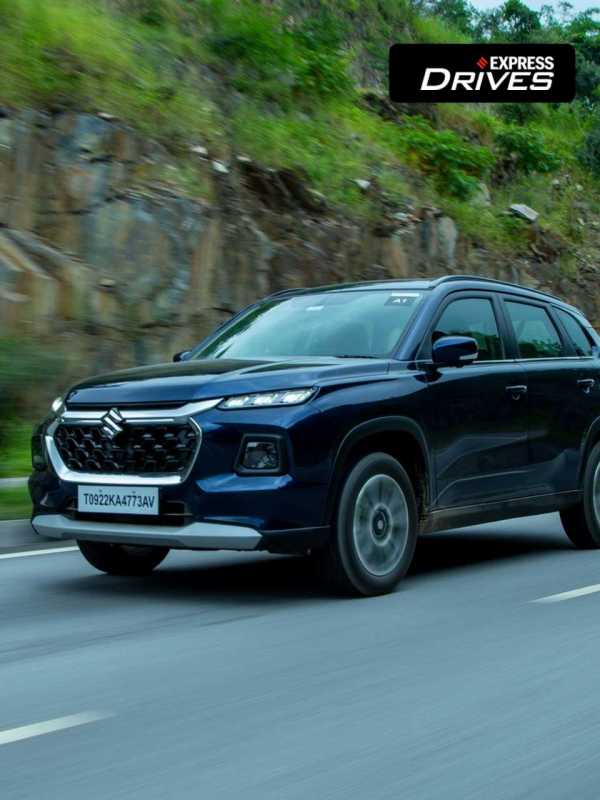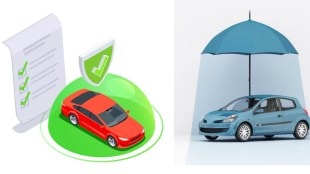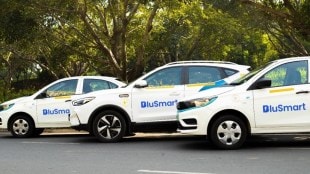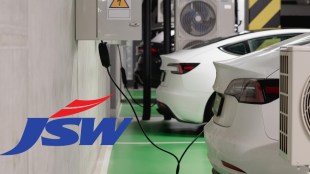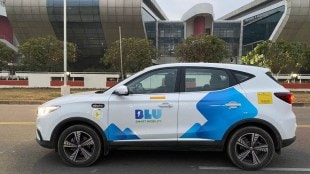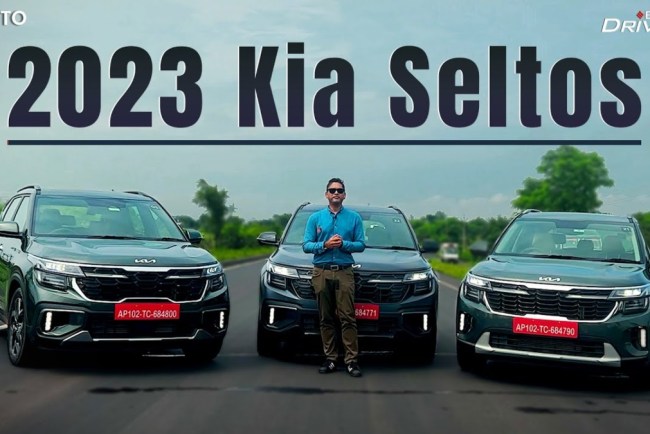By Gopalakrishnan Duleep and Spurthi Ravuri
Decarbonisation of the transportation sector—the world’s second highest contributor to greenhouse gas (GHG) emissions—is critical to mitigate climate change. Most European and North American nations and China have settled on vehicle electrification as the best GHG reduction strategy.
The Government of India, too, has provided subsidies for electric cars (e-cars), but whether their adoption is the best way to decarbonise the transport sector requires further exploration. It is crucial to note that India’s market and infrastructure conditions are different from those in Europe and North America in two major ways and therefore require unique strategies.
First, the emission benefits of e-cars depend on how electricity is generated. The electricity grid in India has one of the highest GHG emissions per kilowatt-hour of electricity. The Government of India has ambitious plans to reduce coal-based generation and increase the uptake of wind and solar power. However, coal-fired plants were recently forced to operate at full capacity to meet summer peak loads. Given these challenges, e-cars currently have higher GHG emissions than anticipated.
Second, conventional vehicle prices are low in India relative to global prices. The Indian auto industry is among the most cost-efficient in the world, and even comparable vehicles are priced about 30% lower in India than in the US. As the Indian auto industry pays international prices for batteries, e-cars are now almost twice as expensive as their conventional engine counterparts. Given the maturity of the Indian auto industry and its pricing structure, the industry has significant export opportunities for e-cars in Europe and North America even at current prices. However, the sale of e-cars in the domestic market is low despite the existing purchase subsidies of up to Rs 3 lakh per vehicle. Hence, the aspiration to increase the sales of e-cars from the current 2% of four-wheeler sales to 30% by 2030 appears difficult, adding to the challenges in meeting the GHG reduction targets.
This begs the question—what paradigm shift is required to meet India’s emission reduction targets?
Policy analysis in developed countries shows that having a diverse set of policies to meet GHG emission standards rather than completely depending on one strategy results in a greater likelihood of meeting targets.
Promising options to reduce transportation GHG emissions include improving conventional vehicles using new technologies and materials and adopting hybrid technology that combines engines and electric motors to minimise fuel consumption. The use of low-carbon fuels, such as bioethanol, is another option that is already being considered. Improving petrol vehicle efficiencies using direct fuel injection, high compression ratio Miller cycle engines, lightweight composites for body construction, and low rolling resistance tires can reduce GHG emissions by 20%–25% relative to the current average. Hybrid technology can offer a range of electric motor sizes and costs, with low-cost designs providing 12% additional improvement in fuel economy and high-cost designs providing up to 30% improvement.
One robust policy option would be to strengthen the fuel economy standards, with a 35%–40% improvement in fuel economy by 2035. This will allow manufacturers to choose a suitable combination of technology improvements, hybridisation, and electrification to meet emission reduction goals in the most market-optimal manner. Subsidies in the order of about Rs 1 lakh (marginal cost of a mild hybrid) can be provided in the short term for mild and strong hybrids to push the market, but this may not be required in the long term.
Our analysis showed that emissions related to e-cars, even with India’s coal-based grid, are currently about 35% lower than those related to their conventional counterparts, indicating that subsidies for e-cars to date have been beneficial. However, compared with the alternatives described, the current high-cost pertaining to the 35% emission reduction (about Rs 10 lakh per vehicle with the subsidy) makes the cost per tonne of GHG reduction very high in the near term. In the future, the GHG benefits of e-cars will increase as the grid becomes cleaner and with the expected fall in battery costs. Until then, a mix of alternative approaches can provide similar GHG reductions at lower costs and be much more appealing to customers over the next 10 years.
The authors Gopalakrishnan Duleep is a Senior Transportation Fellow at the Clean Air Task Force (CATF), a global environmental non-governmental organisation and Spurthi Ravuri works in the area of Green Mobility at the Center for Study of Science, Technology and Policy (CSTEP), a Bengaluru-based think tank.
Disclaimer: The views and opinions expressed in this article are solely those of the original author. These views and opinions do not represent those of The Indian Express Group or its employees.

